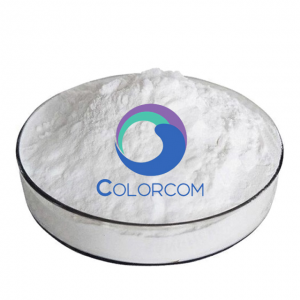Glycolic Acid |79-14-1
Product Specification:
|
Item |
Glycolic Acid |
|||
|
|
Liquid Form |
Solid Form |
||
|
|
Qualified Products |
Premium grade |
Qualified Products |
Premium grade |
|
Hydroxyacetic acid content(%)≥ |
70.0 |
70.0 |
99.0 |
99.5 |
|
Free acid(%)≥ |
62.0 |
62.0 |
- |
- |
|
Water insoluble matter(%)≤ |
0.01 |
0.01 |
0.01 |
0.01 |
|
Chloride (as CL)(%)≤ |
1.0 |
0.001 |
0.001 |
0.0005 |
|
Sulphate (as SO4)(%)≤ |
0.08 |
0.01 |
0.01 |
0.005 |
|
Scorch residue(%)≤ |
- |
0.1 |
0.1 |
0.1 |
|
Iron(%)≤ |
0.001 |
0.001 |
0.001 |
0.001 |
|
Lead(%)≤ |
0.001 |
0.001 |
0.001 |
0.001 |
|
Chromaticity (PtCo) black had(%)≤ |
20 |
20 |
- |
- |
Product Description:
Glycolic acid is widely found in nature, for example in small amounts in sugar cane, sugar beet and unripe grape juice, but its content is low and it co-exists with other organic acids, making it difficult to separate and recover. In industry it is produced by synthetic methods.
Application:
(1) Hydroxyacetic acid is mainly used as a cleaning agent.
(2) Raw material for organic synthesis and can be used to produce ethylene glycol.
(3) It can be used to make fibre dyeing agents, cleaning agents, ingredients for soldering agents, ingredients for varnishes, copper etching agents, adhesives, oil emulsion breakers and metal chelating agents.
(4) The sodium and potassium salts of hydroxyacetic acid are used as additives in electroplating solutions.
(5) Mainly used as a dyeing aid for wool and polyester, also used in electroplating, adhesives and metal washin.
Package: 25 kgs/bag or as you request.
Storage: Store at a ventilated, dry place.
Executive Standard: International Standard.









